What is the new topographic?
Influential movement of many artists, many of their works documented the handling and evolving of the natural landscape to be perceived as more mediated urban landscapes. New topographic was a term colonized by William Jenkins in 1975,it was created in order to describe a group of American photographers such as Robert Adams and Lewis Baltz, these are people whose images all had a sniper-like banal aesthetic in that they were formal,mostly black and white print of urban landscape. All the photographers within this movement were inspired by man made subject matter; this included parking lots, suburban housing and warehouses and were all depicted with beautiful austerity.they were trying to find the beauty within man made landscape and urban areas which were not commonly at the time published.

What is the meaning of this movement?
The eroding of natural landscapes and demonstrating an unease of industrial development within the world. The movement started with an exhibition o this urban work to have a large ripple effect on the whole medium and genre of landscape photography,the wanted to emulate a spirit and atheistic throughout their world, three of the artists within this moment had such a significant impact beyond just within America they were later commissioned by the French government. Their work was said to capture “stopped of any artistic frills and reduce to an essentially topographic state, conveying substantial amount is visual information but eschewing entirely the aspects of beauty,emotion and opinion.”
What is the movement a reaction to?
They wanted to present a critical eye on what American society had become and depicted urban and suburban realities under changes in a detached approach.
How has photography responded to this moment?
There was a mass movement that evolved from natural landscapes to capture urban cities and the underlining meaning of the people and aesthetic within this area.It shows how society was continuously changing from beautiful to man made objects. It presents a literal movement and due to this continuation of movement and cityscape it enables the movement to continually inspire documentation.
What is the sense of beauty in the banal ugliness functional land use?
The functional land use presents an angle of pure unedited sense of beauty and a piece of art which is consciously existing within a community of people and nature.It captures a reflection of people and where they live and a sense of belonging of this importance. Every image conveys information about the area and why it is important to the people present.

 Robert Adamas pointed his camera at eerily empty streets, pristine trailer parks and the steady creep of suburban development in all its regulated uniformity.
Robert Adamas pointed his camera at eerily empty streets, pristine trailer parks and the steady creep of suburban development in all its regulated uniformity. “New Topographics: Photographs of a Man-Altered Landscape” was an exhibition that epitomized a key moment in American landscape photography. The exhibition was at the International Museum of Photography at the George Eastman House, New York, and remained open to the public from October 1975 until February 1976 featuring photographers showing the growing unease about how the natural landscape was being eroded by industrial development. In one way, they were photographing against the tradition of nature photography that the likes of Ansel Adams and Edward Weston had created.
“New Topographics: Photographs of a Man-Altered Landscape” was an exhibition that epitomized a key moment in American landscape photography. The exhibition was at the International Museum of Photography at the George Eastman House, New York, and remained open to the public from October 1975 until February 1976 featuring photographers showing the growing unease about how the natural landscape was being eroded by industrial development. In one way, they were photographing against the tradition of nature photography that the likes of Ansel Adams and Edward Weston had created.


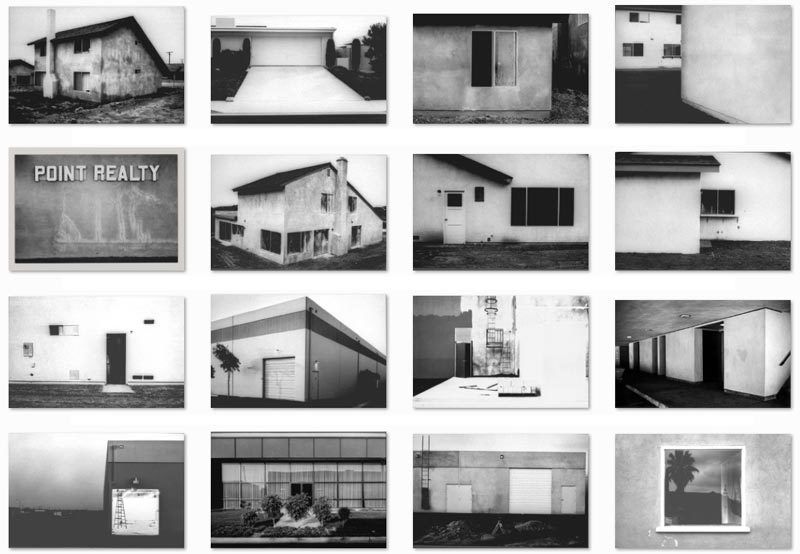




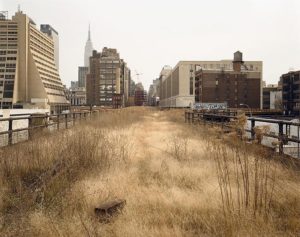
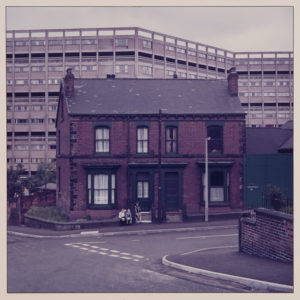




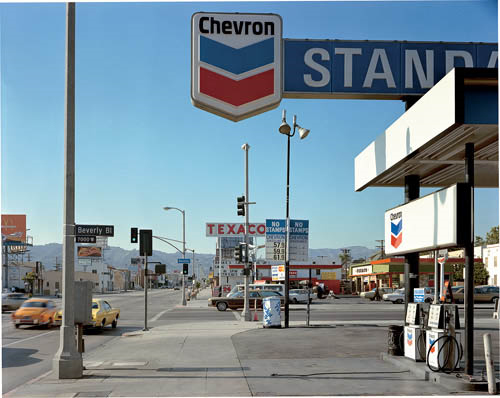


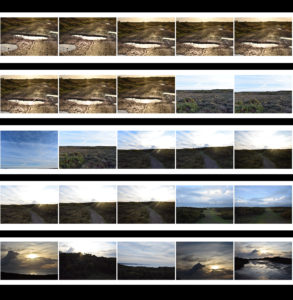









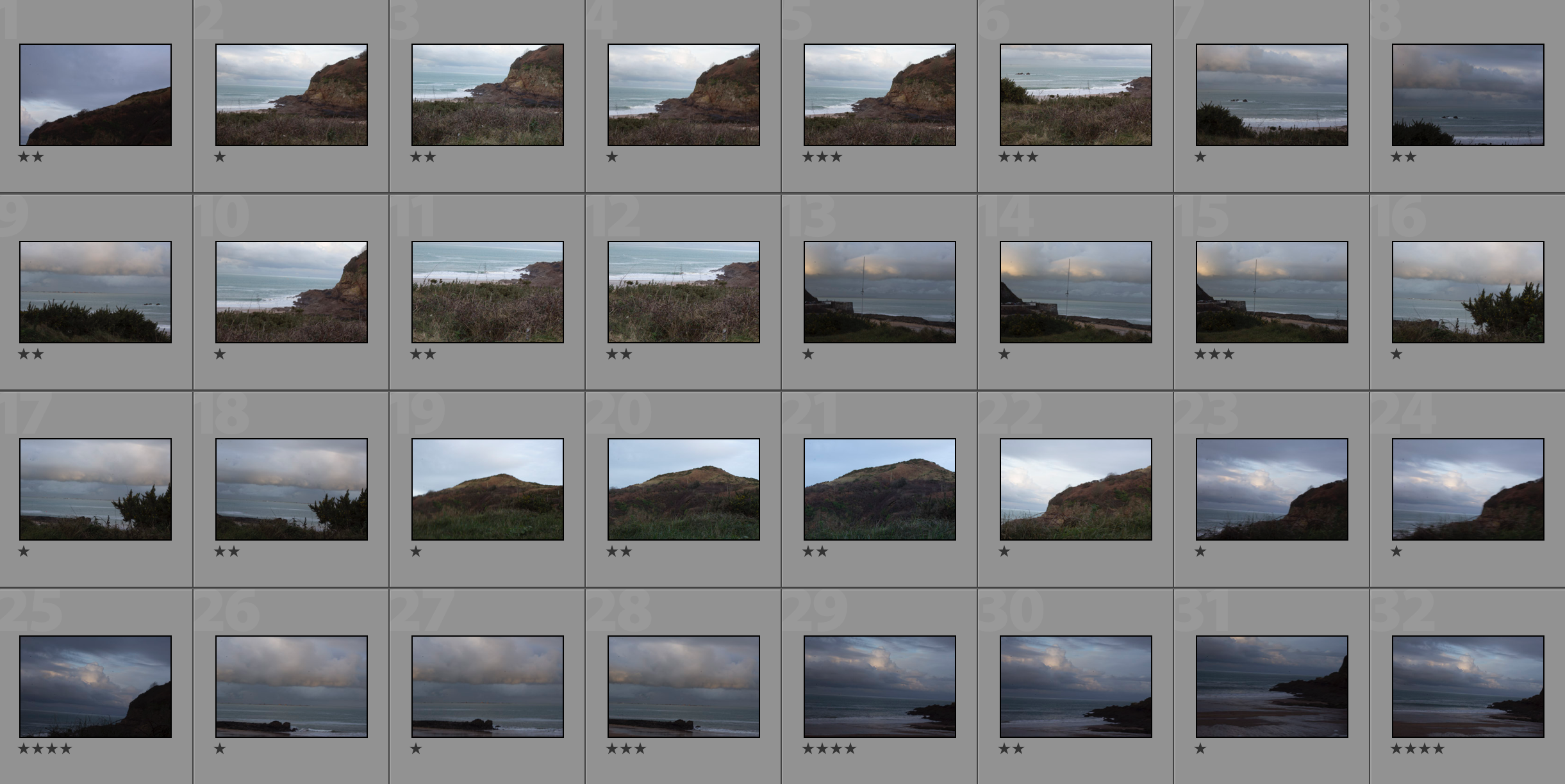


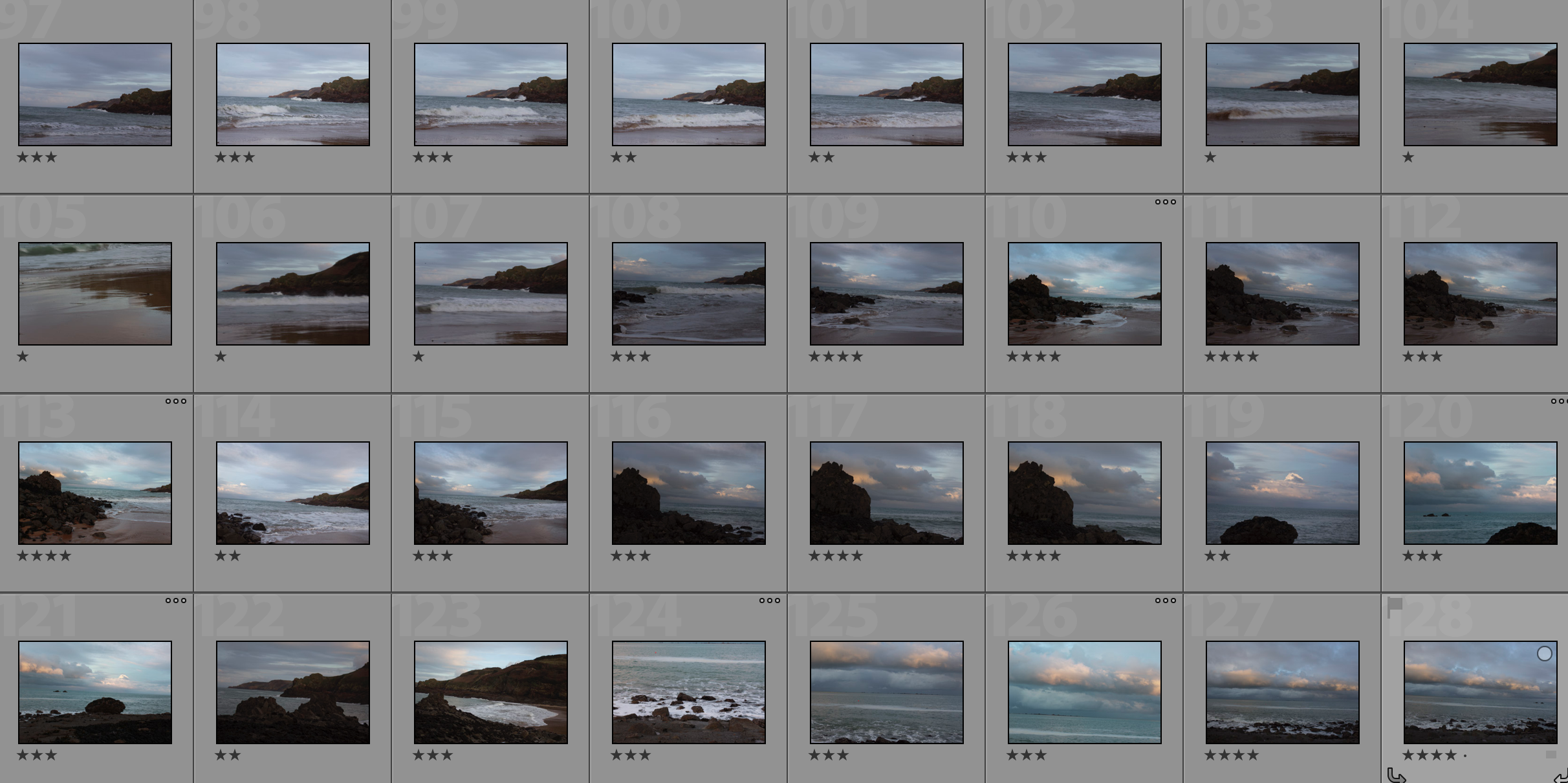

 I then applied the filter Fuji Neopan 1600 to create a strong, contrasting photograph that emphasises the shapes.
I then applied the filter Fuji Neopan 1600 to create a strong, contrasting photograph that emphasises the shapes. I then adjusted the shadows, highlights, contrast, brightness and whites and blacks in order the fine tune the photograph.
I then adjusted the shadows, highlights, contrast, brightness and whites and blacks in order the fine tune the photograph.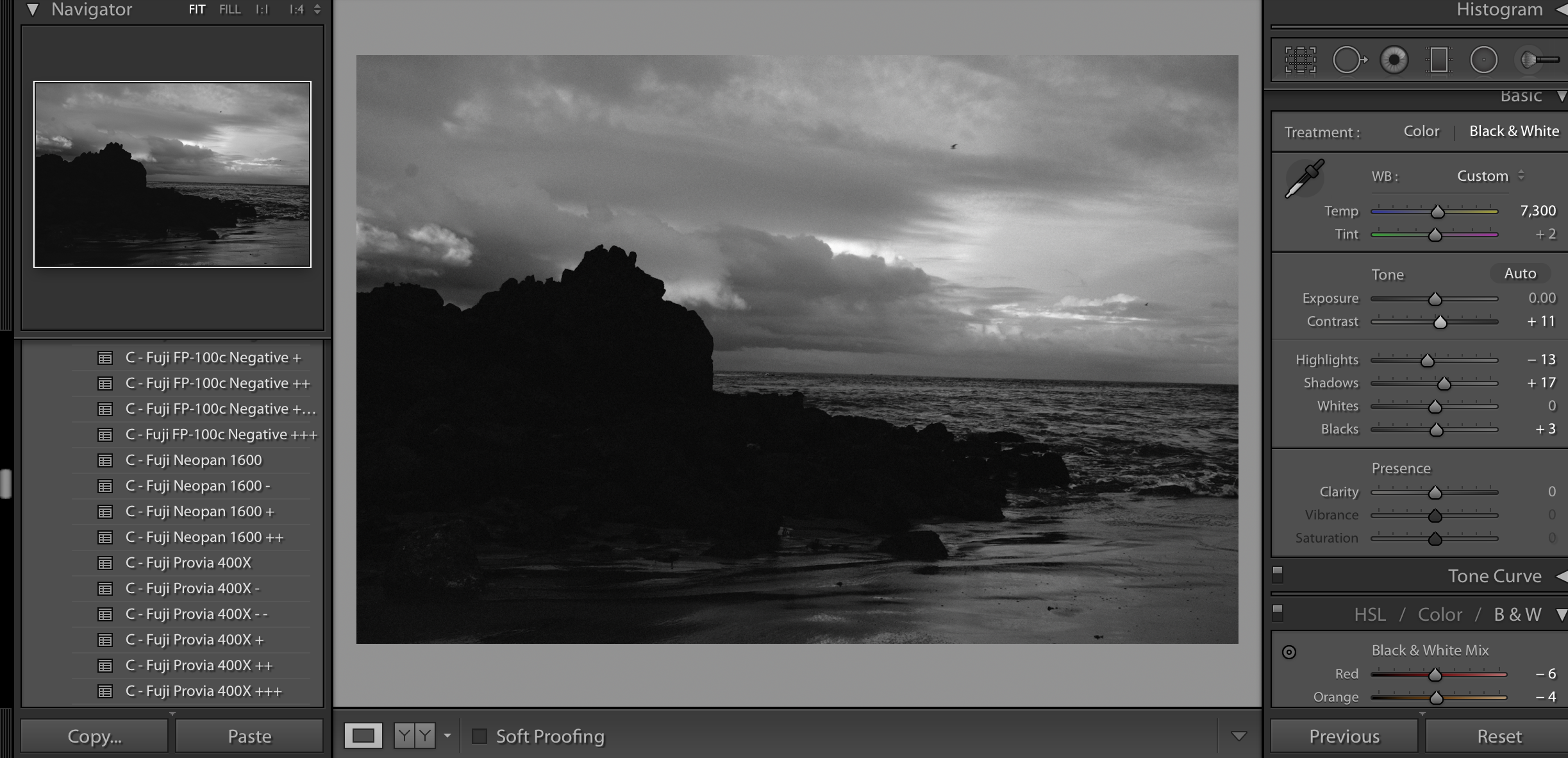

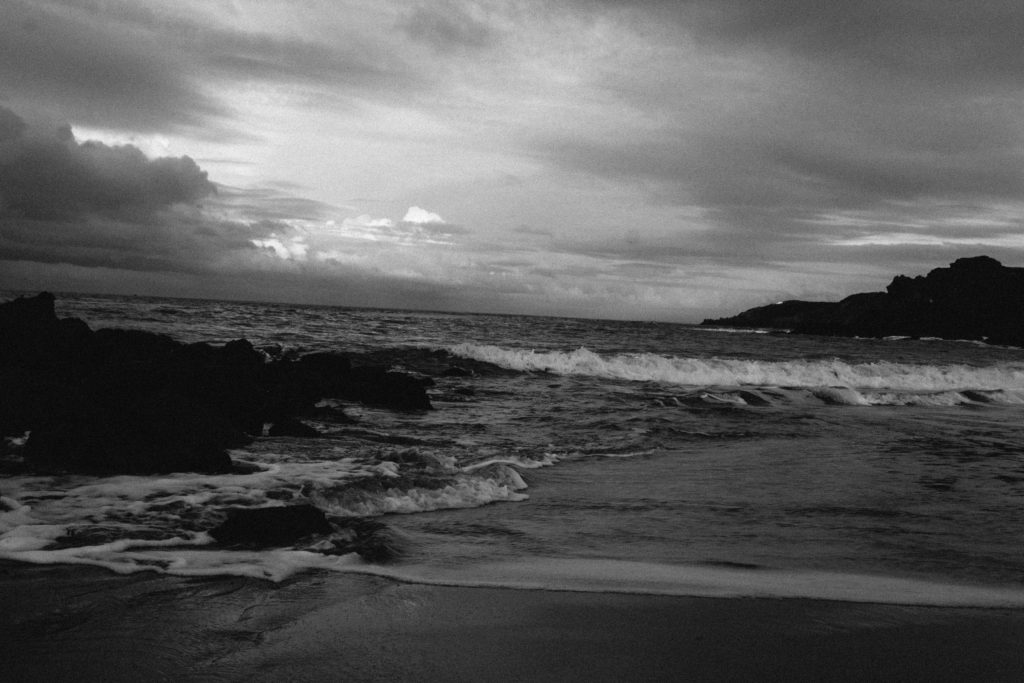


 My Favourite Photograph
My Favourite Photograph




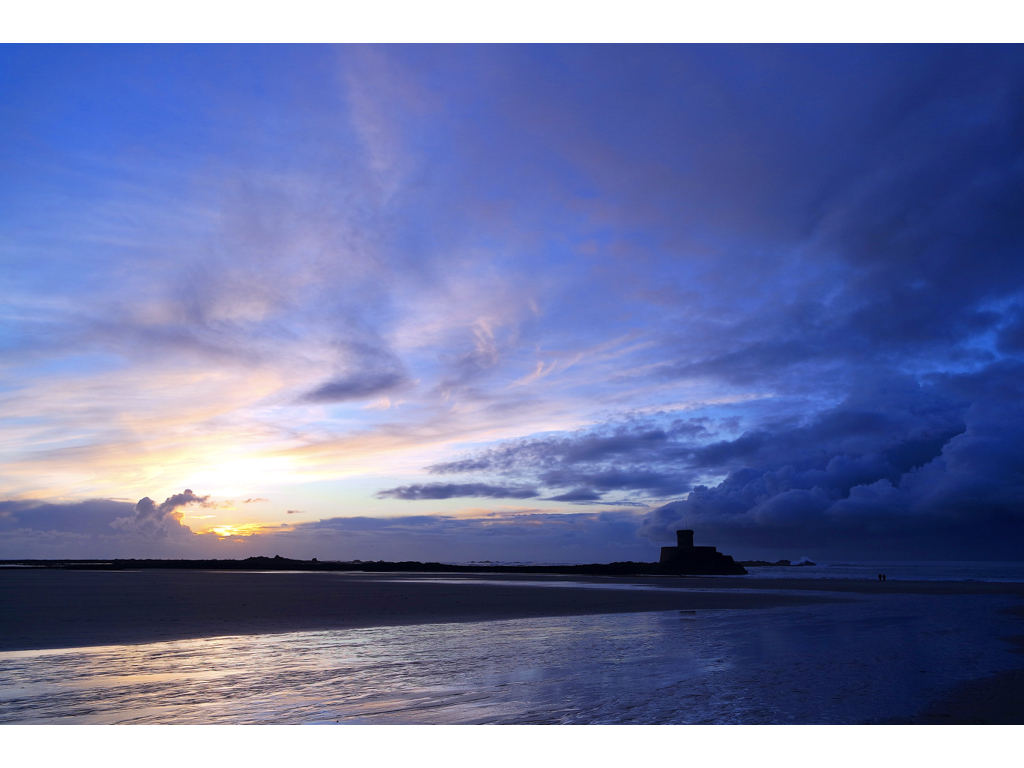

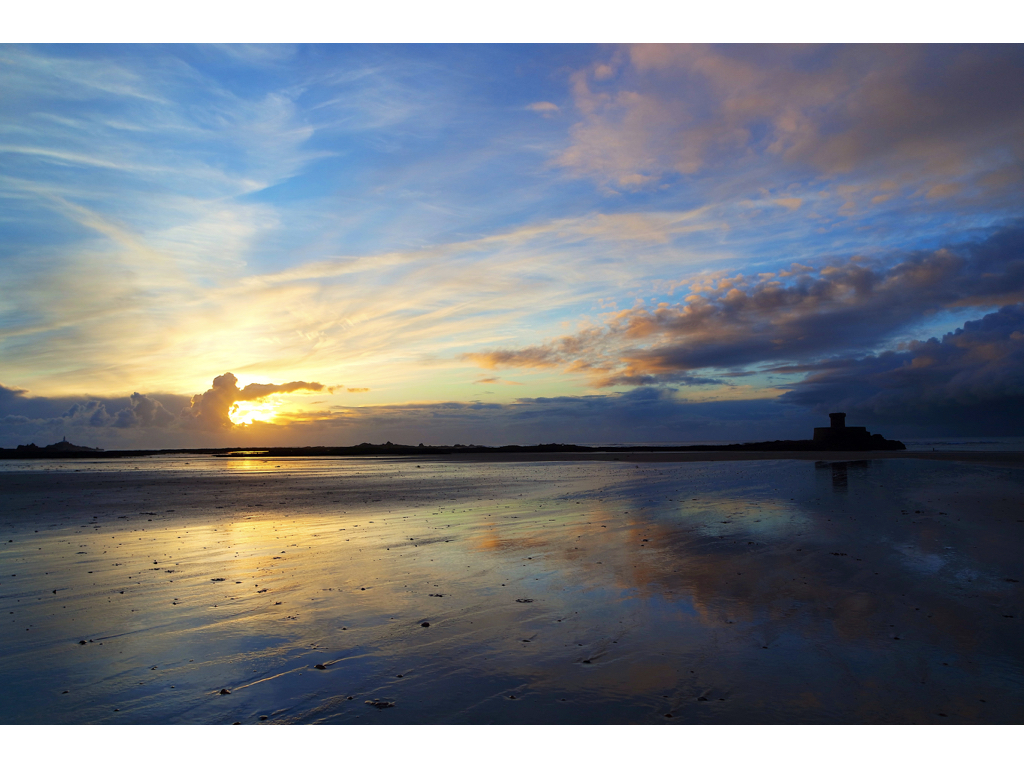


 within the images above I wanted to capture a romanticised landscape in a much more vivid and and poetical extreme of colour caught within the golden hour, although I also wanted to capture a sense of clam that will soon be abounded due to the oncoming stormy strength of the high side and cloud formation.
within the images above I wanted to capture a romanticised landscape in a much more vivid and and poetical extreme of colour caught within the golden hour, although I also wanted to capture a sense of clam that will soon be abounded due to the oncoming stormy strength of the high side and cloud formation.



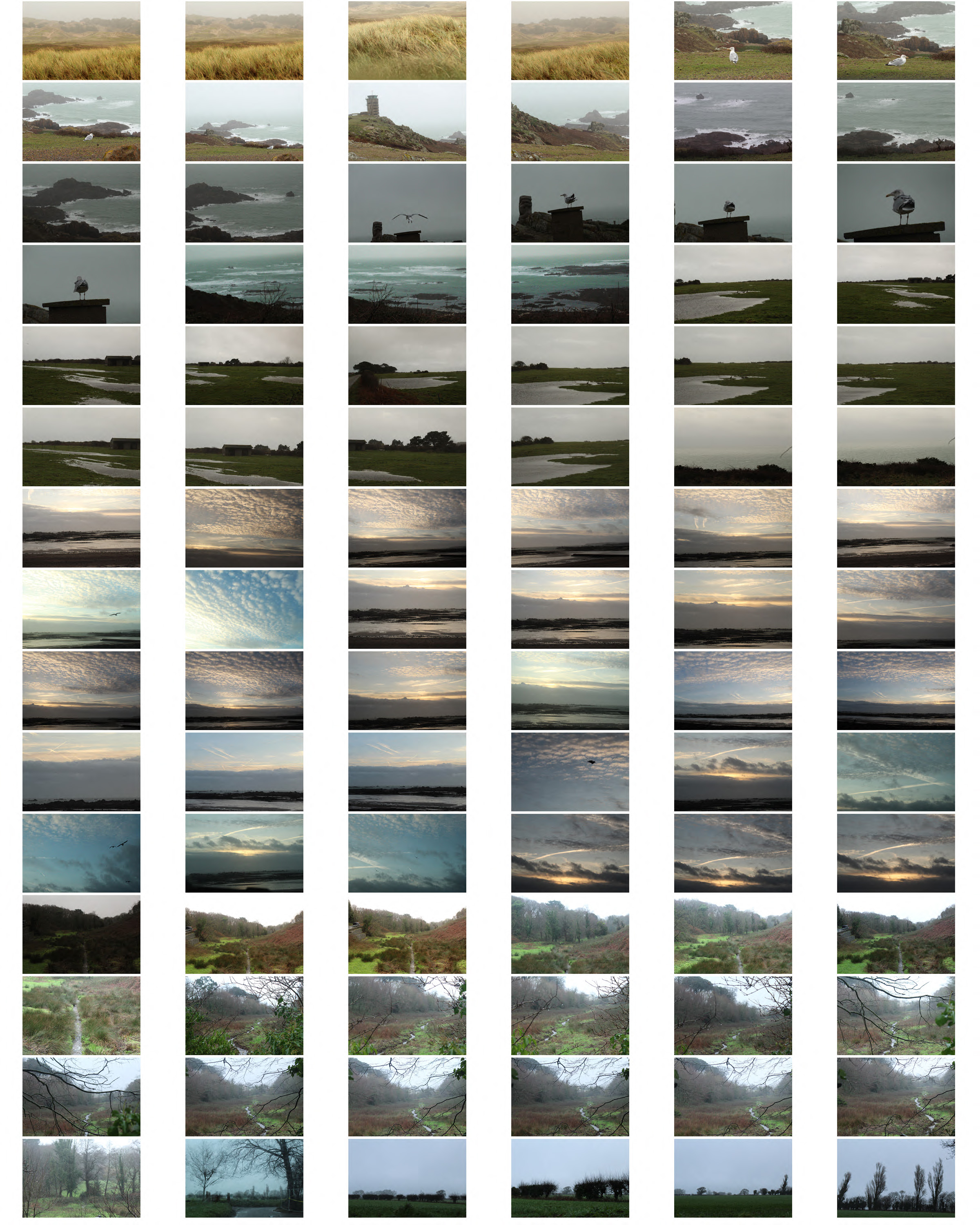


 For this photograph I tried to find a path or stream to be in my image with a natural setting. I focused on the branches in the foreground of the image and left the background more out of focus emphasising the misty environment which creates more atmosphere in the picture. Fay Godwin photos mainly consist of natural environments with trees, fields and beaches which is where I went to take my images.
For this photograph I tried to find a path or stream to be in my image with a natural setting. I focused on the branches in the foreground of the image and left the background more out of focus emphasising the misty environment which creates more atmosphere in the picture. Fay Godwin photos mainly consist of natural environments with trees, fields and beaches which is where I went to take my images.
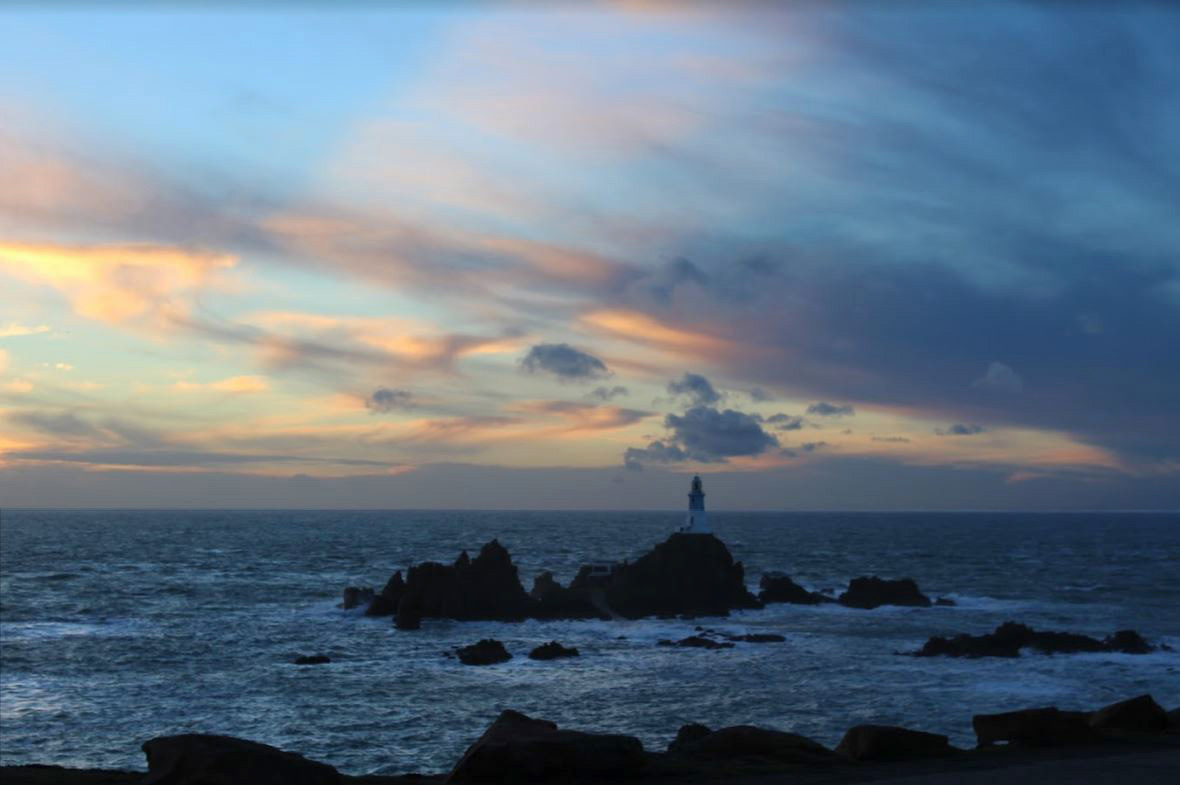
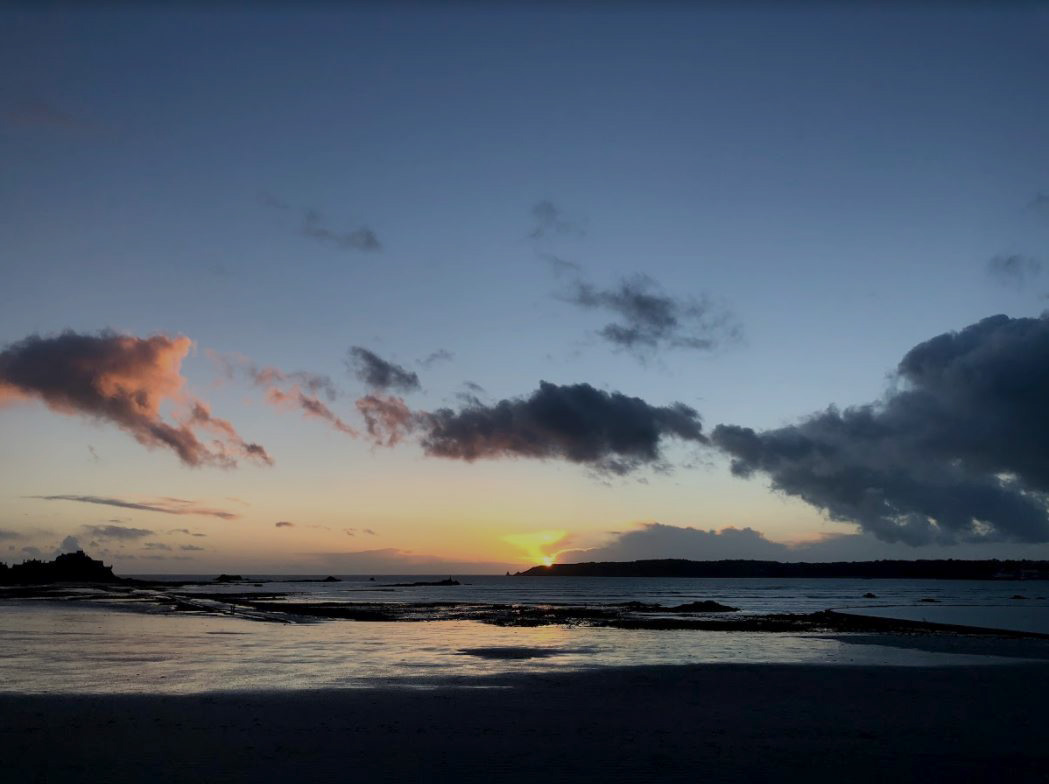


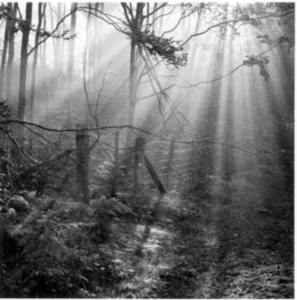


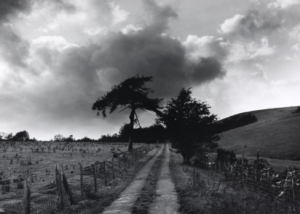
 Before taking the shoot I wanted to pull some ideas together on what to take, allowing for a guideline to my photos, this was my outcome:
Before taking the shoot I wanted to pull some ideas together on what to take, allowing for a guideline to my photos, this was my outcome: Once I had a general idea on what I could do for the shoot I finally moved onto the images themselves with these being the outcome:
Once I had a general idea on what I could do for the shoot I finally moved onto the images themselves with these being the outcome:
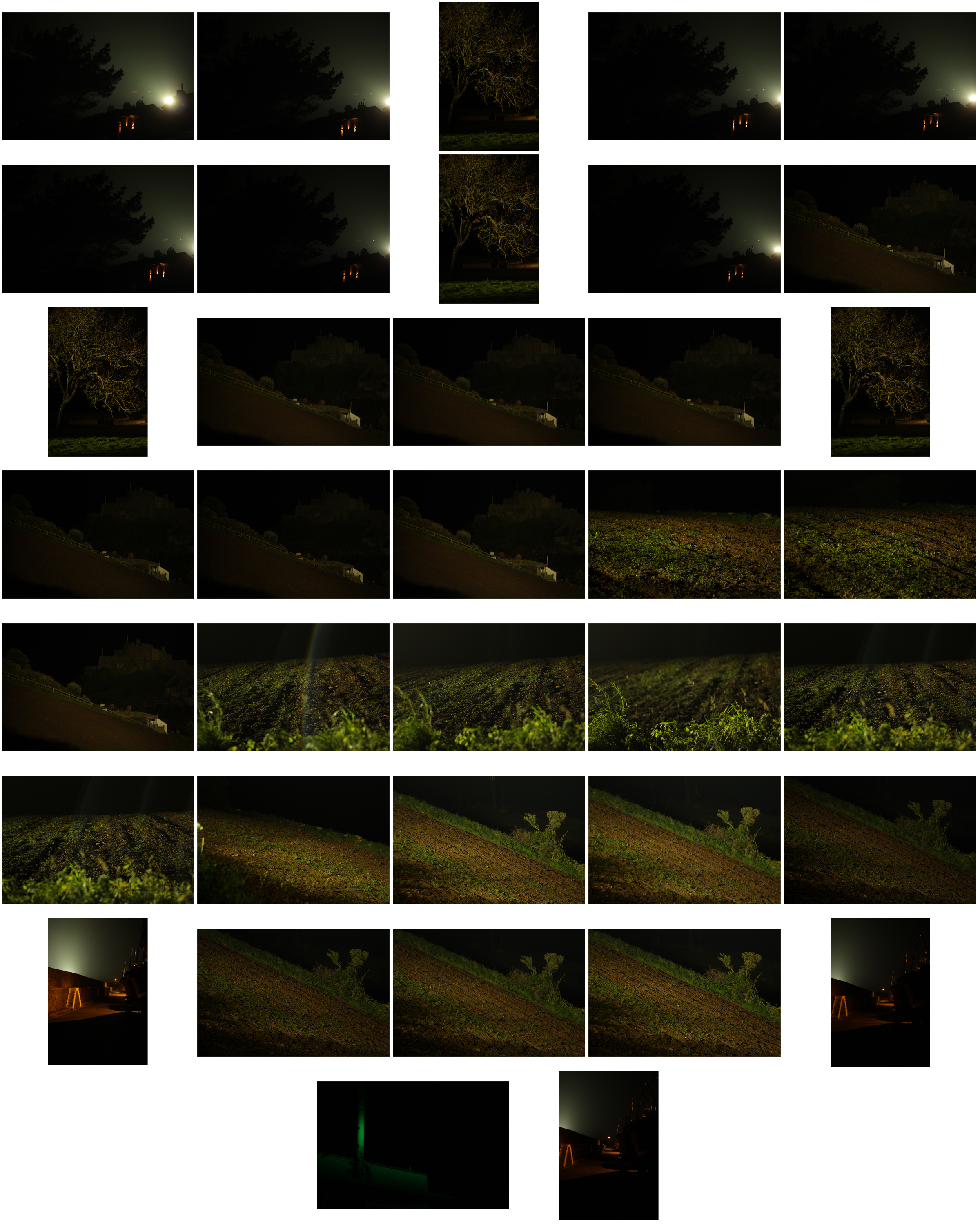


 I chose these images because I thought they popped out from the rest of the shoot, and had a greater understanding of what romanticism in photography was about. I found that their vivid colours and use of depth of field made them particularly effective. From here I wanted to whittle my selection down to just five images to really provide a clearer insight into my final image for the shoot. This is my selection:
I chose these images because I thought they popped out from the rest of the shoot, and had a greater understanding of what romanticism in photography was about. I found that their vivid colours and use of depth of field made them particularly effective. From here I wanted to whittle my selection down to just five images to really provide a clearer insight into my final image for the shoot. This is my selection: I chose this image due to how I loved the effect created from the back light that was meant to illuminate Gorey Castle at night, that instead silhouetted the housing and trees around it, creating an aesthetically pleasing result as an outcome. And with the slight use of red and oranges from the housing I though it really balanced it out.
I chose this image due to how I loved the effect created from the back light that was meant to illuminate Gorey Castle at night, that instead silhouetted the housing and trees around it, creating an aesthetically pleasing result as an outcome. And with the slight use of red and oranges from the housing I though it really balanced it out. What I loved in this image was the use of the depth of field, this created a focus on a certain section of the woods which instantly drew the eye through the use of its vivid greens. Within the image I used Photoshop to enhance the greens within the image to make it more suited to the theme of Romanticism with the expected outcome as desired.
What I loved in this image was the use of the depth of field, this created a focus on a certain section of the woods which instantly drew the eye through the use of its vivid greens. Within the image I used Photoshop to enhance the greens within the image to make it more suited to the theme of Romanticism with the expected outcome as desired. I found that this images use of contrast between the light provided by the lamps created an aesthetically pleasing photo. This was because of how by making the oranges within the picture more vivid, it emphasised the shadows created by the surrounding boats, thus drawing the eye instantly to the soft glow of the lamp centred in the middle of the picture.
I found that this images use of contrast between the light provided by the lamps created an aesthetically pleasing photo. This was because of how by making the oranges within the picture more vivid, it emphasised the shadows created by the surrounding boats, thus drawing the eye instantly to the soft glow of the lamp centred in the middle of the picture. The gradient created by the sky I thought particularly allowed for a romanticism theme. This was because of how the majority of the image was made up of the slow but constant changing of shades of blues into yellows, with only a small percentage made up by the landscape. I found that by darkening the ground it created a greater effect onto the sky due to an emphasis to the colours.
The gradient created by the sky I thought particularly allowed for a romanticism theme. This was because of how the majority of the image was made up of the slow but constant changing of shades of blues into yellows, with only a small percentage made up by the landscape. I found that by darkening the ground it created a greater effect onto the sky due to an emphasis to the colours. What I loved about this image was the composition and the dark and grim colours. This is because of how the skeletons of the trees create a sinister but beautiful effect on the pathway through the middle of them, with unclear imagery of people in the far distance. I also liked the use of depth of field as well due to how the trees slowly faded and merged into one collective backdrop, whilst maintaining the desired look.
What I loved about this image was the composition and the dark and grim colours. This is because of how the skeletons of the trees create a sinister but beautiful effect on the pathway through the middle of them, with unclear imagery of people in the far distance. I also liked the use of depth of field as well due to how the trees slowly faded and merged into one collective backdrop, whilst maintaining the desired look. I chose this as my final image because of how I loved the contrast created by the floodlights to Gorey Castle. I found that through this it completely emphasised the silhouettes of both the tree and the house in a sinister but fascinating way. I also liked how the floodlight captured by the camera is seen as a circular gradient in which slowly fades into darkness, with the three red lights being there to balance out the image as a whole and not let the black overpower the piece.
I chose this as my final image because of how I loved the contrast created by the floodlights to Gorey Castle. I found that through this it completely emphasised the silhouettes of both the tree and the house in a sinister but fascinating way. I also liked how the floodlight captured by the camera is seen as a circular gradient in which slowly fades into darkness, with the three red lights being there to balance out the image as a whole and not let the black overpower the piece.